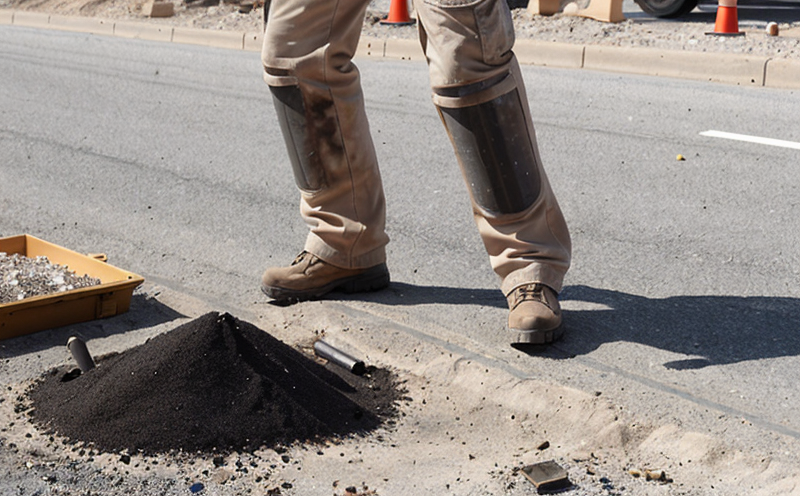ASTM E2079 Heat of Explosion by Calorimetry Testing
The ASTM E2079 Heat of Explosion by Calorimetry Testing is a critical method used to quantify the heat of explosion for blasting materials such as explosives, detonators, and other energetic substances. This test is essential in ensuring safety and compliance with international standards, thereby protecting workers and environments from potential hazards.
The primary goal of this testing procedure is to measure the energy released during an explosive event by monitoring the rise in temperature after ignition. The heat of explosion, expressed in joules per gram (J/g), provides valuable data for assessing the energetic properties of materials used in mining operations.
This test adheres to international standards such as ASTM E2079-18 and is widely recognized within the mining industry for its accuracy and reliability. The method involves precise calorimetric measurements, ensuring that the results are reproducible and comparable across different laboratories.
The testing process begins with the preparation of a standard sample according to specified procedures outlined in ASTM E2079. Specimens undergo rigorous quality control checks before being placed into an adiabatic calorimeter equipped with temperature sensors. Upon ignition, the system records any increase in temperature, which is then used to calculate the heat of explosion.
Understanding the heat of explosion is crucial for several reasons:
- To ensure compliance with mining regulations and safety guidelines
- To optimize blasting parameters for efficiency without compromising safety
- To select appropriate materials that meet performance requirements while minimizing environmental impact
The results of this test are essential inputs into risk management strategies, helping to prevent accidents and improve overall operational safety. By accurately measuring the heat of explosion, mining companies can make informed decisions regarding their blasting practices.
Industry Applications
| Application Area | Description |
|---|---|
| Blasting Material Testing | Evaluates the energetic performance of blasting materials used in mining operations. |
| Safety Assessment | Ensures that materials meet safety standards and reduces potential risks to workers and communities. |
Why Choose This Test
- Precision: ASTM E2079 ensures accurate measurement of the heat of explosion, providing reliable data.
- Regulatory Compliance: Adherence to international standards guarantees that your products meet legal requirements.
- Risk Mitigation: Understanding the energetic properties helps in minimizing risks associated with improper use or storage.
Quality and Reliability Assurance
- Data Reproducibility: ASTM E2079 guarantees consistent results across multiple tests, enhancing trustworthiness.
- Comprehensive Reporting: Detailed reports provide insights into the performance of blasting materials under various conditions.





